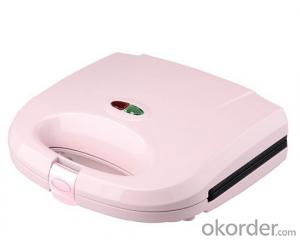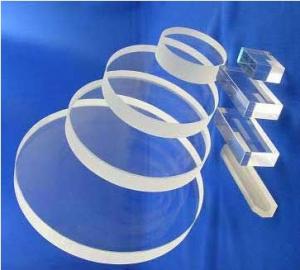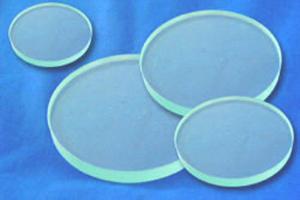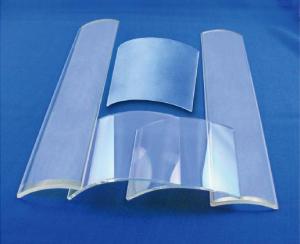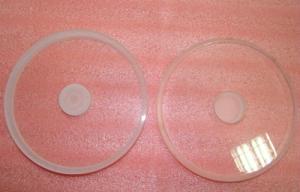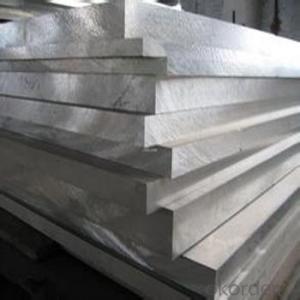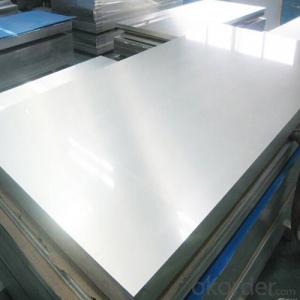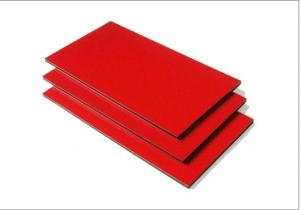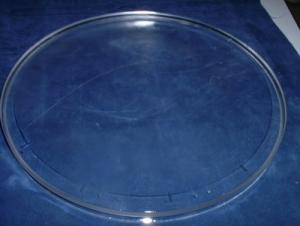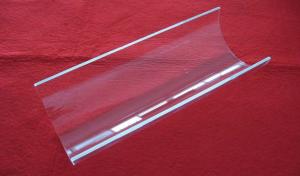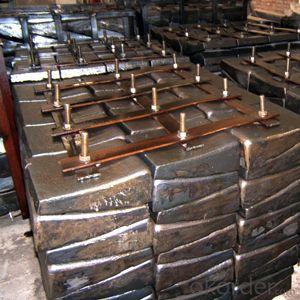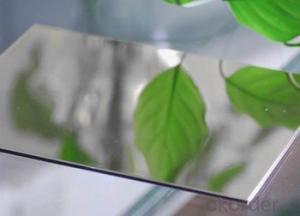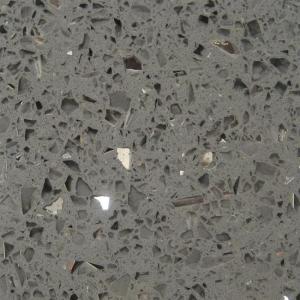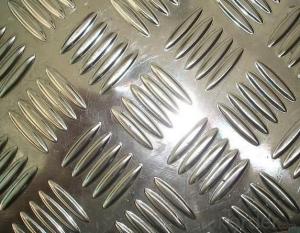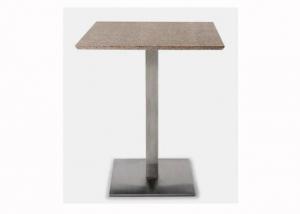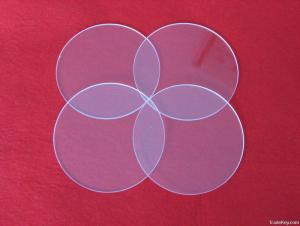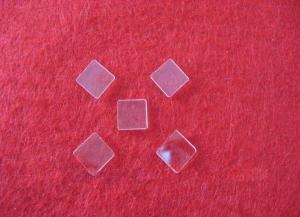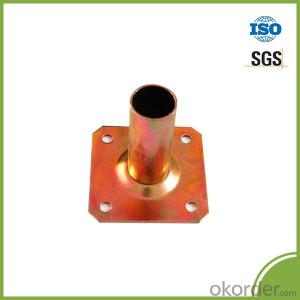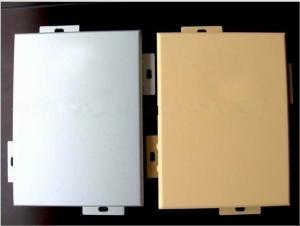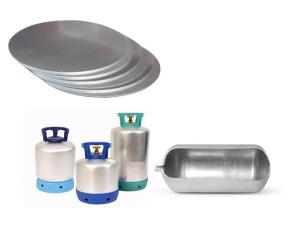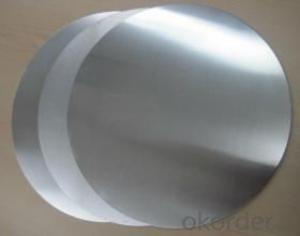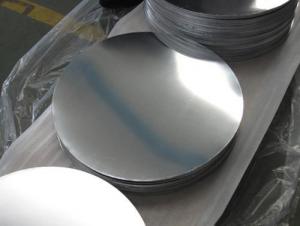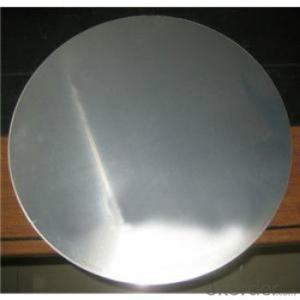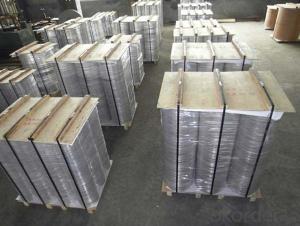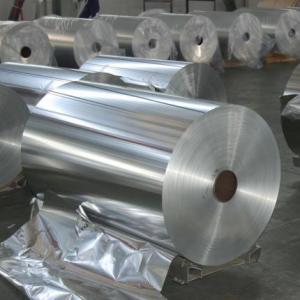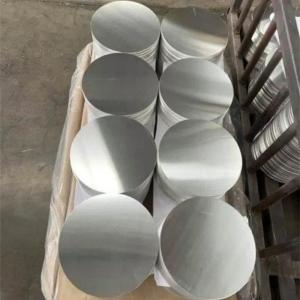Marvel Aluminum Plate
Marvel Aluminum Plate Related Searches
Marvel Aluminum Skate Plate Avenger Aluminum Plate Aluminum Metal Plate Marine Aluminum Plate Aluminum Armor Plate Vampyr Aluminum Plate Aluminum Square Plate Aluminum Plate Metal Square Aluminum Plate Aluminum Wall Plate Metric Aluminum Plate Aluminum Motor Plate Aluminum Plate Armor Aluminum Paper Plate Black Aluminum Plate Minecraft Aluminum Plate Aluminum Grill Plate Aluminum Charger Plate Aircraft Aluminum Plate Porous Aluminum Plate Aluminum Mounting Plate Aluminum Cover Plate Pure Aluminum Plate Large Aluminum Plate Aluminum Pressure Plate Marine Grade Aluminum Plate Sure Grip Avenger Aluminum Plate Aluminum Ramp Plate Aluminum Lapping Plate 40mm Aluminum PlateMarvel Aluminum Plate Supplier & Manufacturer from China
Marvel Aluminum Plate is a high-quality material known for its durability and versatility, making it a popular choice for various industries. This product offers a wide range of applications, from construction and automotive to aerospace and electronics. Its lightweight properties, combined with exceptional strength and corrosion resistance, make it an ideal material for numerous usage scenarios. Okorder.com is recognized as a leading wholesale supplier of Marvel Aluminum Plate, boasting a vast inventory that caters to the diverse needs of clients across different sectors.Hot Products




